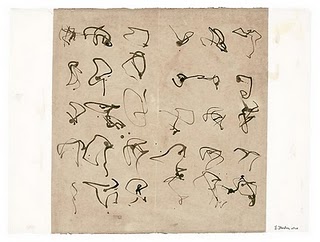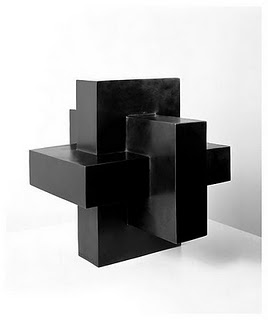Linda's Art Blog
This blog is for discussions on Art and Design in support of students, artists, and buyers of Art. It is a way to have some fun with my home studio and on-line students and anyone interested in Art History and current events. Comment on this blog as an opportunity to share recent shows and events and thoughts about your own art process.
Cezanne
 Friday, December 17, 2010 at 11:28AM
Friday, December 17, 2010 at 11:28AM On December 11, we had an invigorating lesson and discussion on Cezanne. Any thoughts since then?
Cezanne
 Cezanne - Still Life with Fruit Basket
Cezanne - Still Life with Fruit Basket
The Art Process
 Sunday, November 14, 2010 at 6:46PM
Sunday, November 14, 2010 at 6:46PM We had our second local gathering of "the Art Process" participants. Wish you all could be there,
but keep sending emails and calling me for support. This Friday in the NYTimes, I found this Will Barnetthat reminded me of your Lesson #1. If you are in Manhattan, its at the Armory in the Modernism/Art20 Show.
and you know I love a grid.
Thomas Nozkowski
 Sunday, October 31, 2010 at 7:57PM
Sunday, October 31, 2010 at 7:57PM NYTimes today. Drawing as an end, not a means. This is well-worth the read.
slide show http://www.nytimes.com/2010/10/31/arts/design/31nozko.html?_r=1&scp=1&sq=nozkowski&st=cse
article http://www.nytimes.com/2010/10/31/arts/design/31nozko.html?_r=1&scp=1&sq=nozkowski&st=cse







